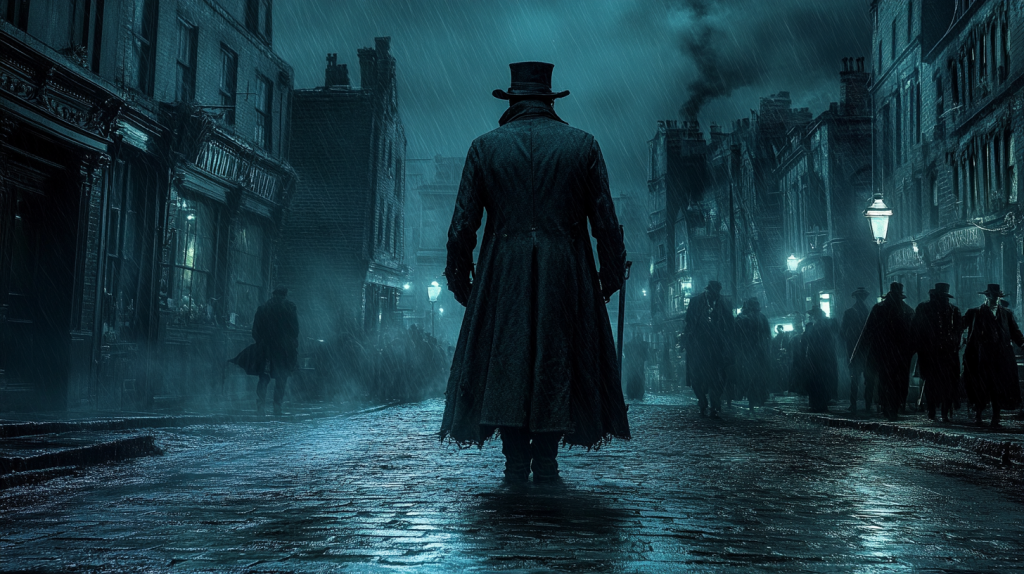While we tend to associate serial murders with the United States, the United Kingdom has been home to some of the world’s most infamous serial killers. These individuals, whose crimes shocked the nation and beyond, have left an indelible mark on British criminal history. From the foggy streets of Victorian London to the quiet suburbs of modern-day Manchester, these killers have terrorized communities and baffled investigators.
Their stories continue to captivate and horrify us, drawing us in because of our curiosity and fascination with the macabre and because we feel compassion and sadness for their victims and the families who lost loved ones. Here are 15 of Britain’s most notorious serial killers, whose names have become synonymous with evil.
Jack the Ripper
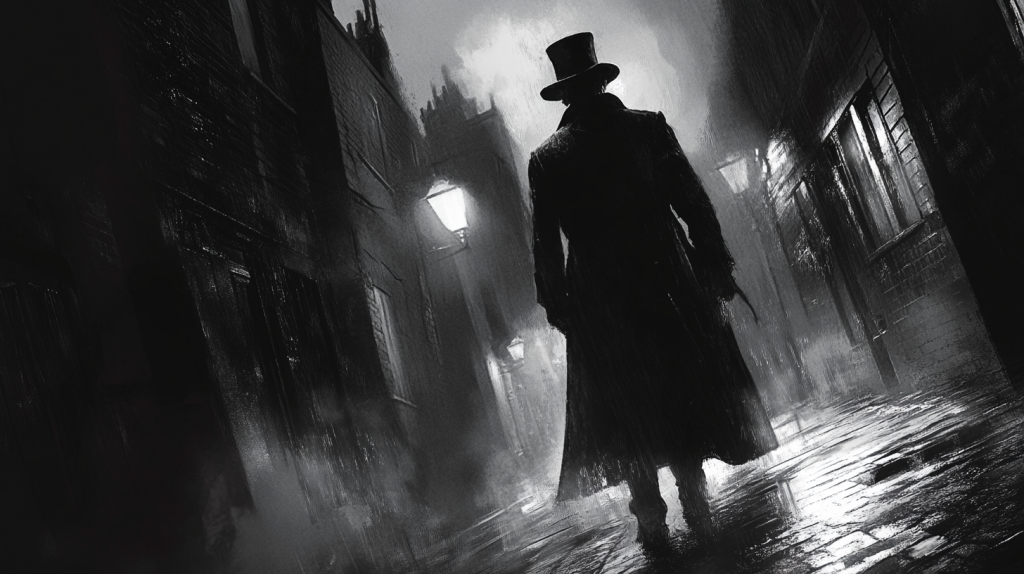
Jack the Ripper terrorized London’s Whitechapel district in 1888, brutally killing at least five women. The killer’s identity remains unknown despite numerous theories and suspects over the years. The Ripper’s gruesome modus operandi and taunting letters to the police have made this case one of the most infamous unsolved mysteries in criminal history.
Harold Shipman
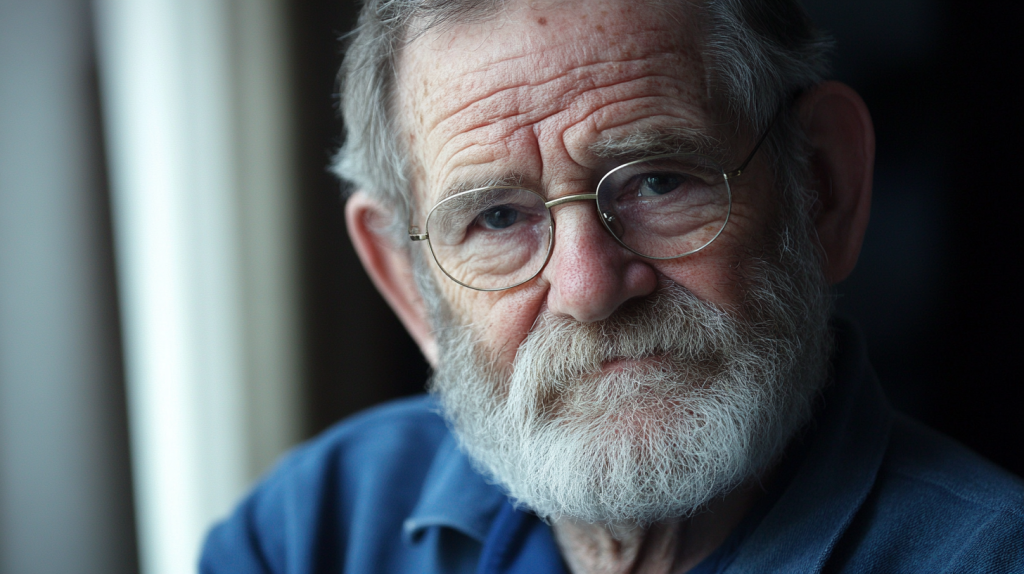
Known as “Dr. Death,” Harold Shipman was a trusted family doctor who killed an estimated 250 patients over a 23-year period. He would inject his victims, mostly elderly women, with lethal doses of diamorphine. Shipman’s crimes were only discovered after he forged the will of one of his victims, leading to an investigation that uncovered the true extent of his murders.
Peter Sutcliffe
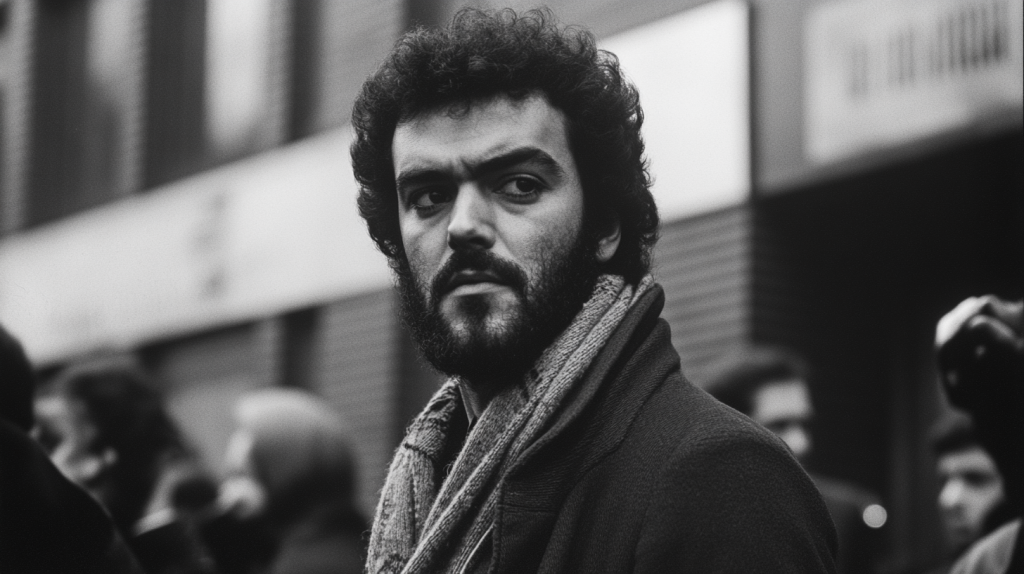
Peter Sutcliffe, dubbed “The Yorkshire Ripper,” murdered 13 women and attempted to kill seven others between 1975 and 1980. His crimes sparked one of the largest police manhunts in British history. Sutcliffe claimed he was on a mission from God to kill prostitutes, but his victims included women from various walks of life.
Dennis Nilsen
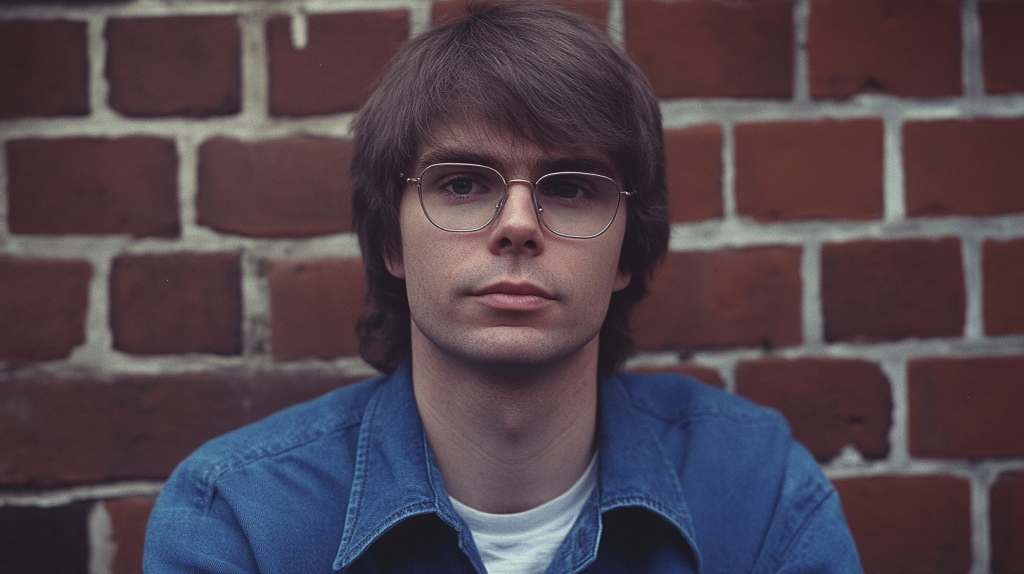
Known as the “Muswell Hill Murderer,” Dennis Nilsen killed at least 12 young men and boys between 1978 and 1983. He would lure his victims to his home, strangle them, and often keep their bodies for extended periods before disposing of them. Nilsen was only caught when human remains were discovered clogging the drains of his apartment building.
Fred and Rose West
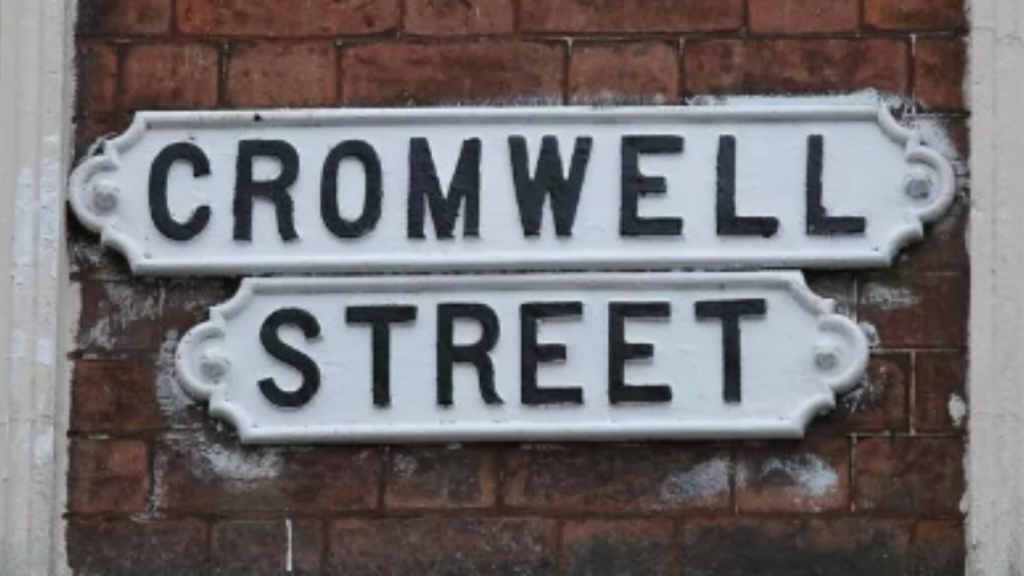
This married couple committed at least 12 murders between 1967 and 1987, including those of their own daughter and stepdaughter. The Wests would torture and murder young women, burying many of the bodies under their home at 25 Cromwell Street in Gloucester. Their crimes were only discovered when Fred West confessed in 1994.
Myra Hindley and Ian Brady
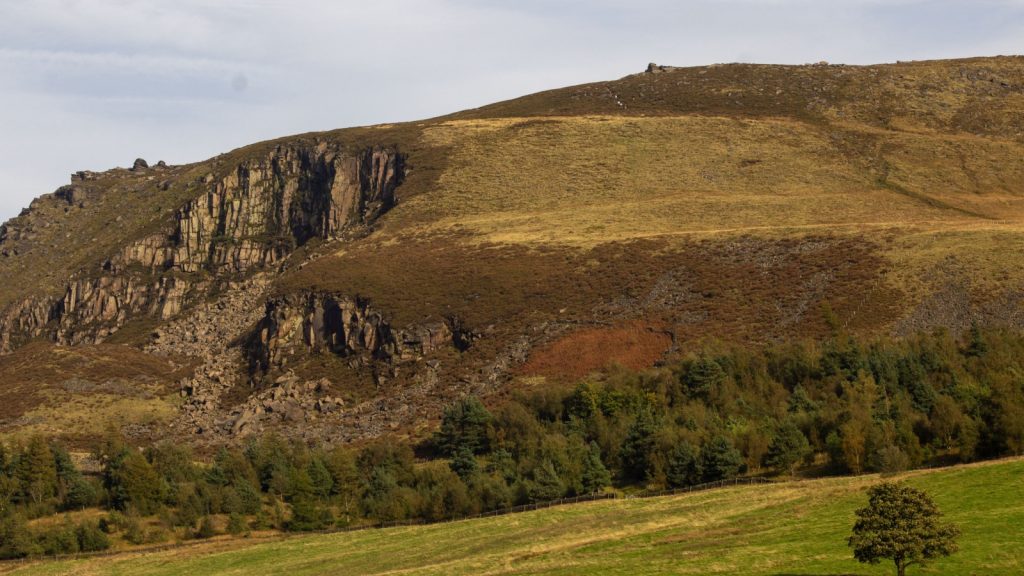
Known as the “Moors Murderers,” Myra Hindley and Ian Brady killed five children between 1963 and 1965. They buried their victims on Saddleworth Moor, hence their nickname. The involvement of a woman in these horrific crimes particularly shocked the British public, and Hindley became known as “the most evil woman in Britain.”
John Christie
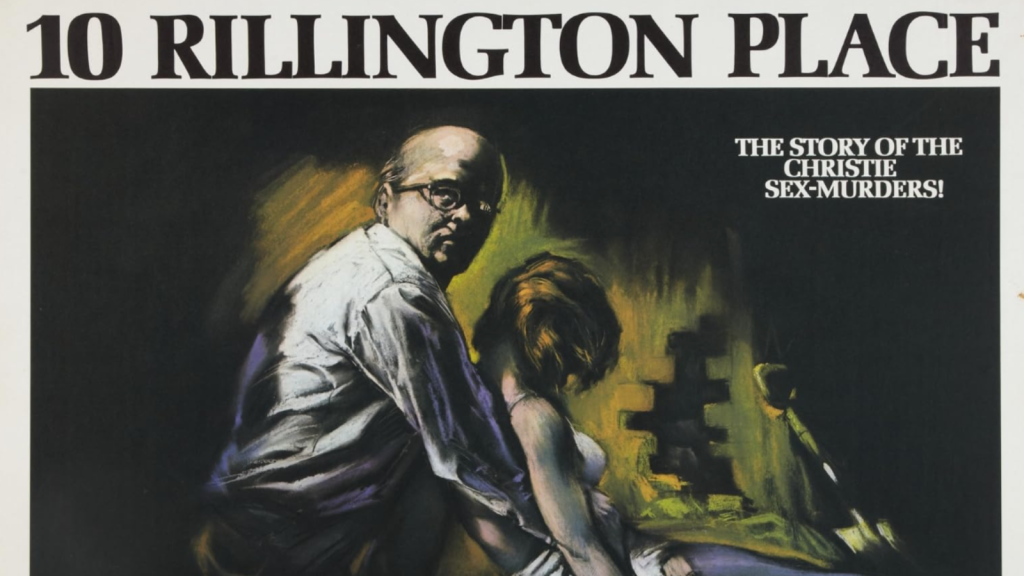
John Christie murdered at least eight women, including his wife, between 1943 and 1953. He hid the bodies of his victims in his flat at 10 Rillington Place, London. Christie’s case gained notoriety because an innocent man, Timothy Evans, was wrongly executed for murders Christie had committed, leading to debates about capital punishment in the UK.
Colin Ireland
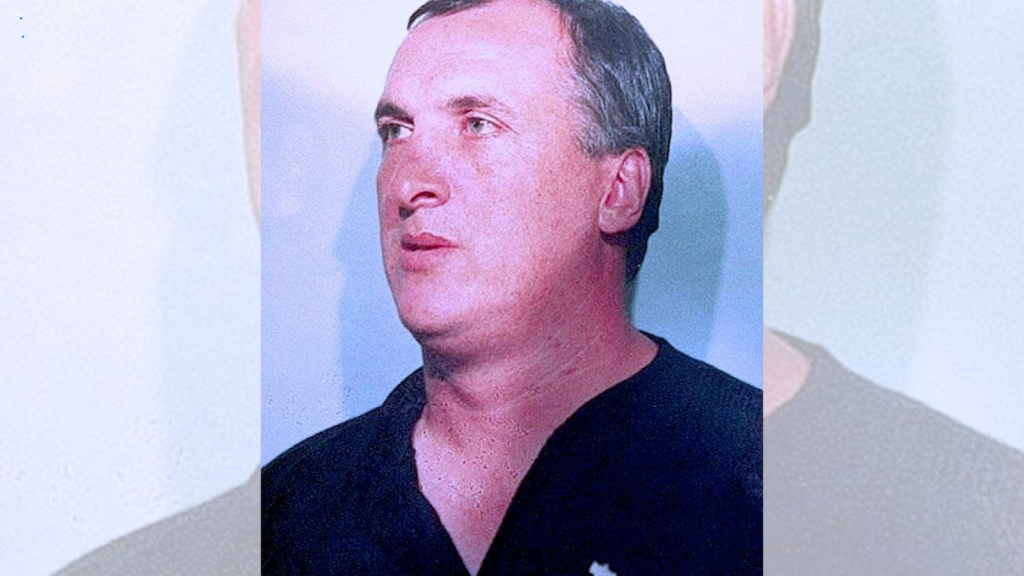
Dubbed the “Gay Slayer,” Colin Ireland murdered five gay men in London in 1993. He would meet his victims in pubs, go home with them, and then torture and kill them. Ireland turned himself in after his fifth murder, claiming he had made a New Year’s resolution to become a serial killer.
Steve Wright
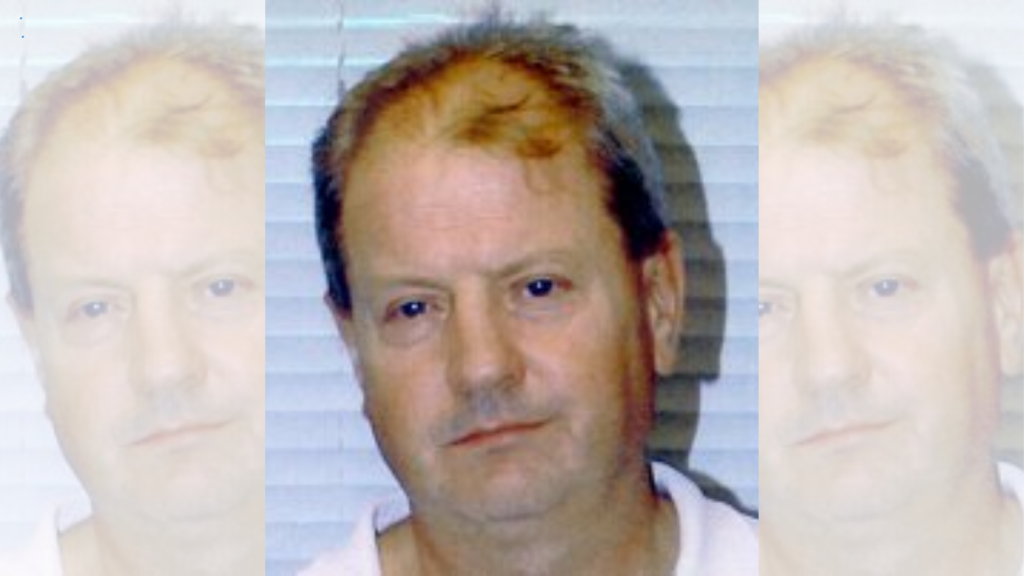
Known as the “Suffolk Strangler,” Steve Wright murdered five women who worked as prostitutes in Ipswich over a six-week period in 2006. His crimes caused panic in the local community and led to one of the largest manhunts in British history. Wright was eventually caught through DNA evidence.
Patrick Mackay
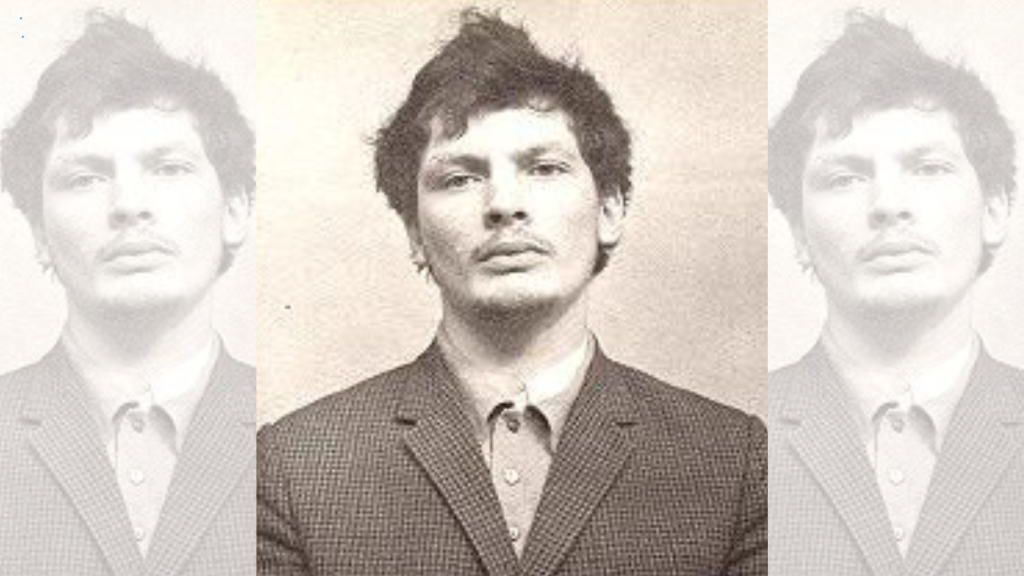
Patrick Mackay, also known as the “Devil’s Disciple,” is believed to have killed up to 13 people between 1974 and 1975. His victims included a priest and an elderly woman. Mackay had a troubled childhood and a history of mental illness, which played a role in his trial and sentencing.
Robert Black
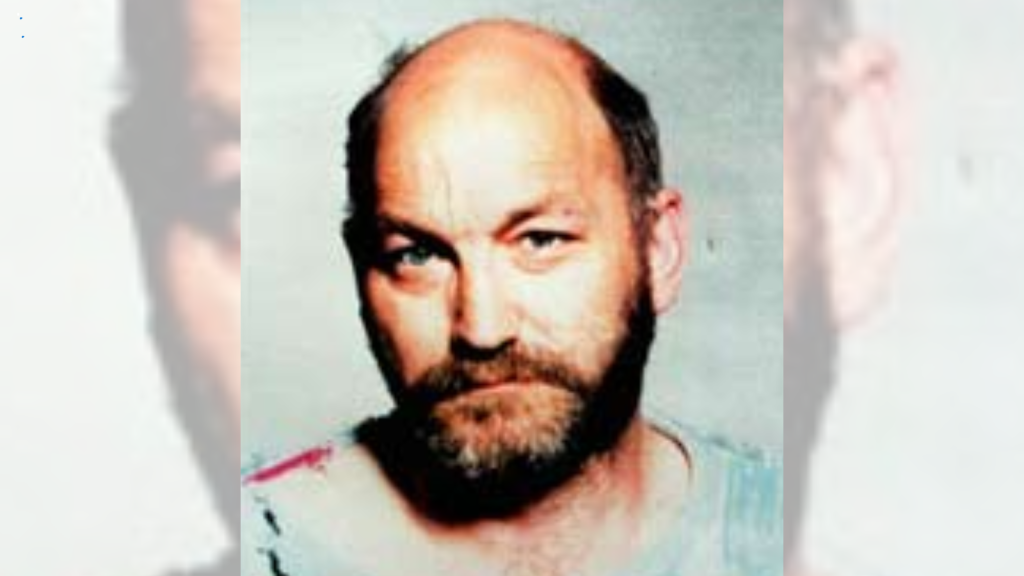
Robert Black was a Scottish serial killer and pedophile who murdered four young girls between 1981 and 1986. He worked as a delivery driver, which allowed him to travel widely and made it difficult for police to connect his crimes. Black is suspected of many more murders across Europe.
Mary Ann Cotton
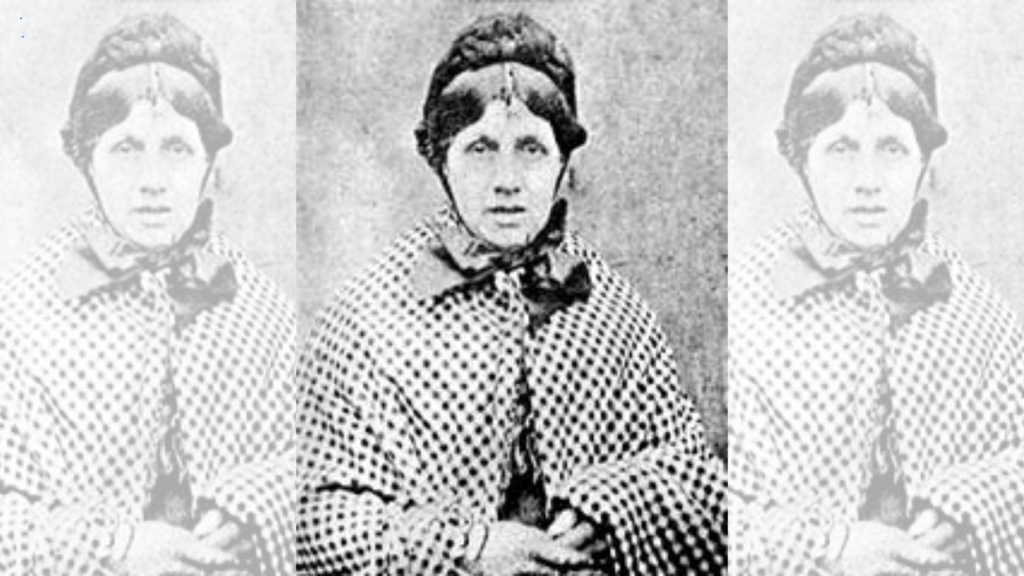
Mary Ann Cotton was a 19th-century serial killer who murdered up to 21 people, including many of her own children. She used arsenic poisoning to kill her victims, often to collect on insurance policies. Cotton’s case is notable for challenging Victorian-era assumptions about women and crime.
Stephen Port
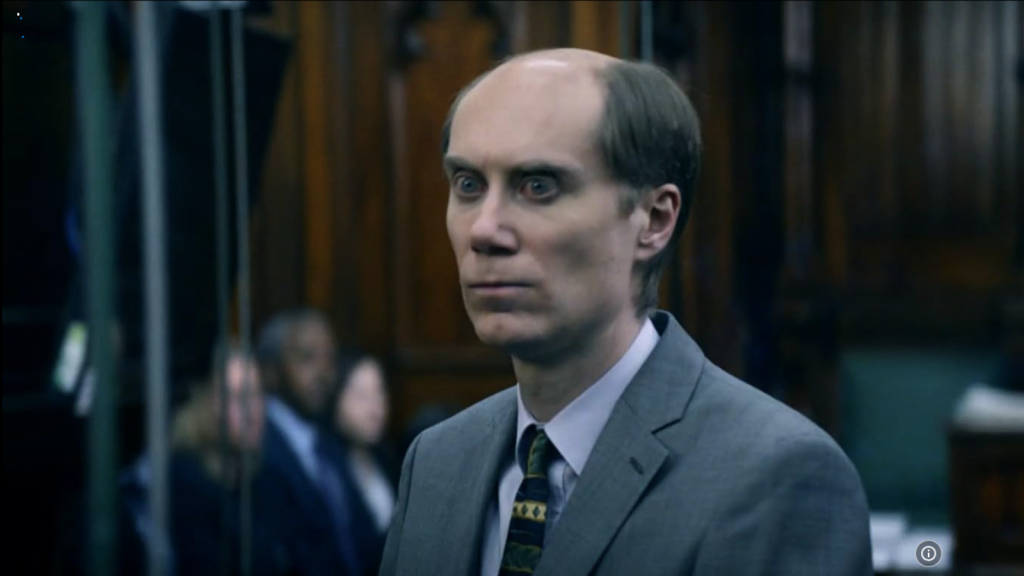
Known as the “Grindr Killer,” Stephen Port murdered four young men between 2014 and 2015. He met his victims through dating apps and websites, lured them to his flat, and then poisoned them with GHB. Port’s case highlighted issues with police handling of crimes against the LGBTQ+ community.
Michael Lupo
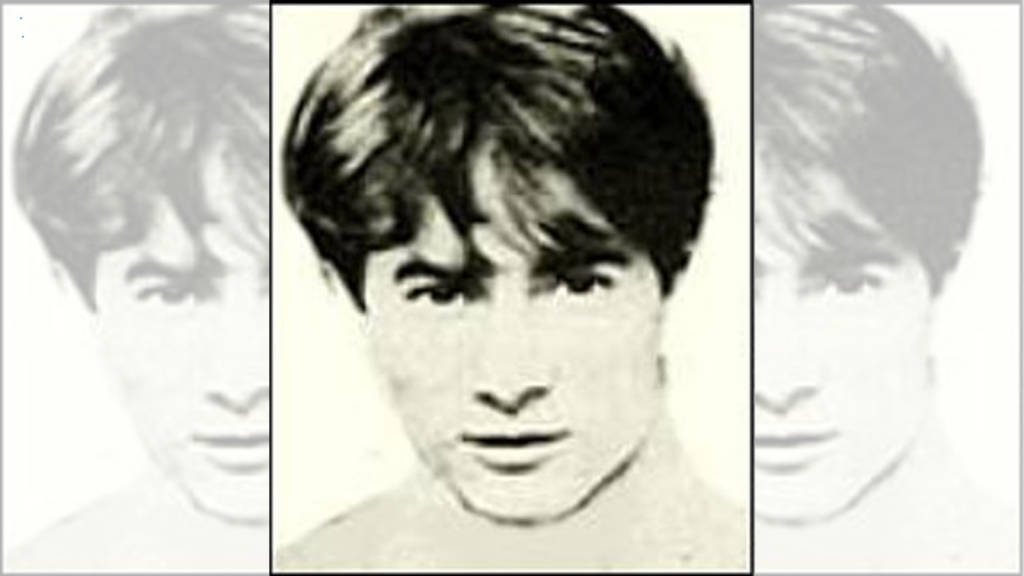
Michael Lupo, nicknamed the “Wolf Man,” murdered four men and attempted to murder two others in London in 1986. He targeted gay men, meeting them in bars and clubs before killing them. Lupo claimed he was driven to kill by voices in his head and his diagnosis of AIDS.
Joanna Dennehy
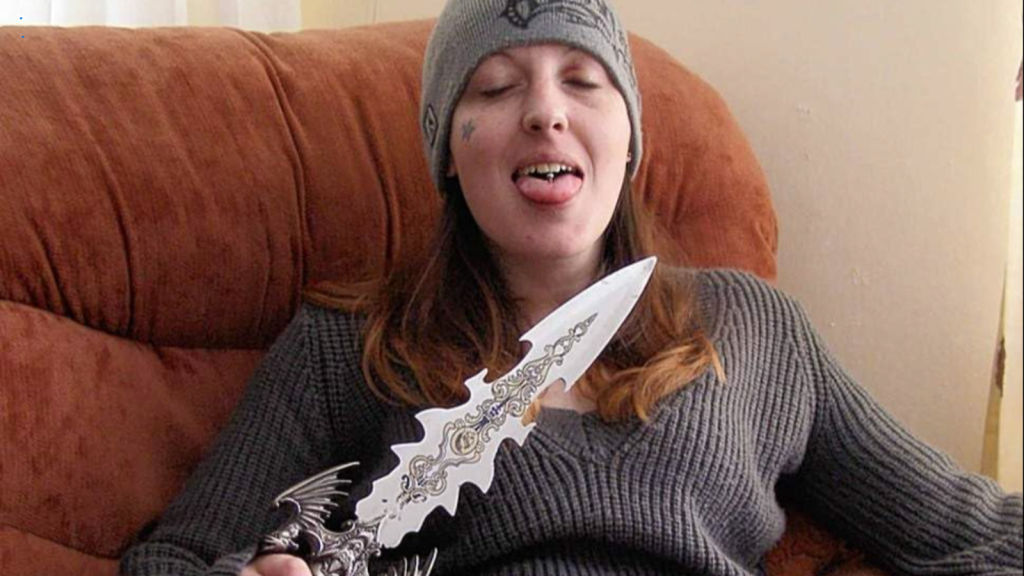
One of Britain’s few female serial killers, Joanna Dennehy murdered three men in 2013 and attempted to kill two others. She stabbed her victims and dumped their bodies in ditches, earning her the nickname “The Peterborough Ditch Murders.” Dennehy’s case shocked the public due to her apparent lack of remorse and the random nature of her crimes.
Katy Willis is a writer, master herbalist, master gardener, and certified canine nutritionist who has been writing since 2002. She’s finds joy in learning new and interesting things, and finds history, science, and nature endlessly fascinating.
